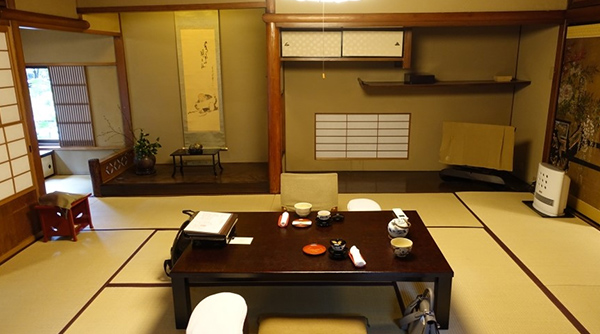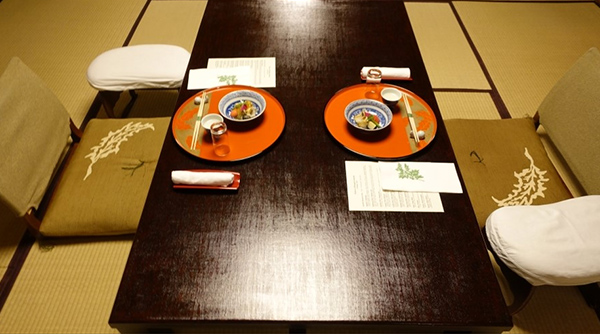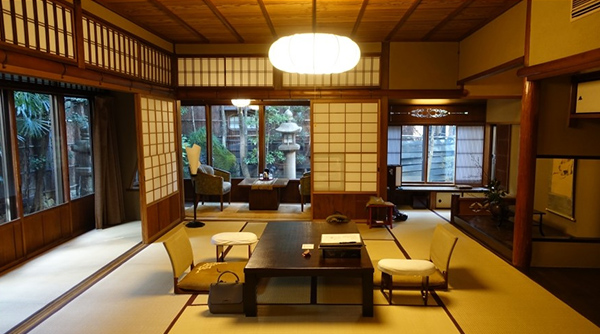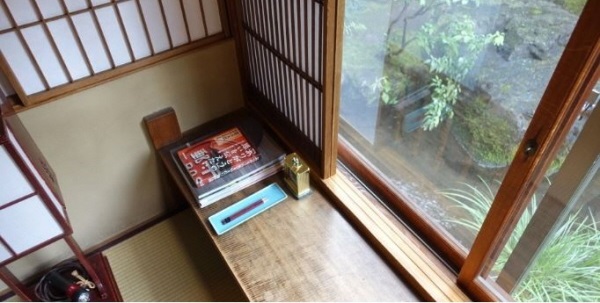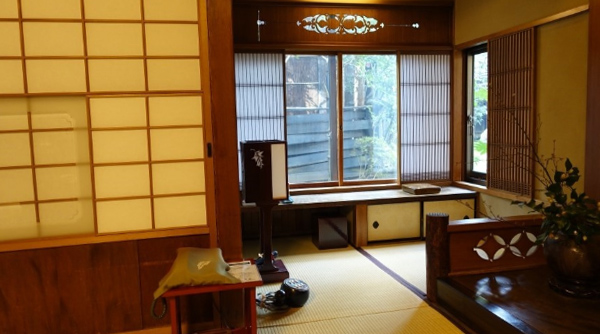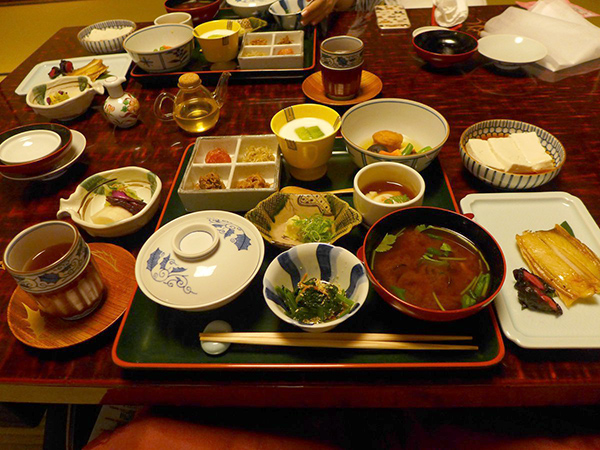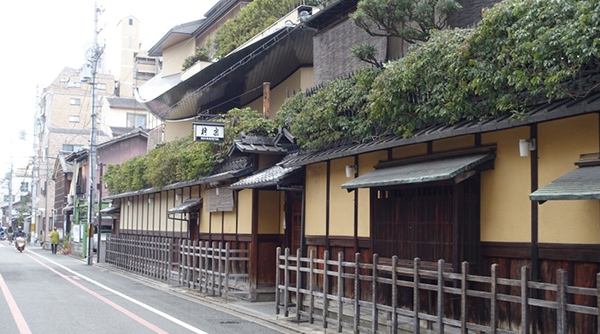
Sunshine Lee's Culture Essay Written in Poetry Hiiragiya & Yasunari Kawabata 柊家
Hiiragiya Ryokan is a legend. Itis considered one of the top 3 ryokans in Japan. But I think Hiiragiya is topof the top.
Ryokansare usually comprised of 7-8 rooms as they are old Japanese traditional houses.Hiiragiya is a large house with 28 rooms. The name Hiiragi is from Ilex cornuta which is thought to drive out evil spirits and call good fortune.
Hiiragiyais a house built in 1818 in Edo period. Its tradition, grace and hospitality arefirst class. It’s also famous for being the most beloved ryokan by YasunariKawabata – the first Nobel Prize-winning novelist in Japan.
Many years ago, my mother passed away suddenly. I was awoken by that, and boarded atrain from Tokyo to Echigo Yuzaya in north of Japan. 'The train came out of the longtunnel into the snow country. The earth lay white under the night sky' thusstarts Snow Country, one of Kawabata’s most notable works. I stayed overnight in the ryokan of Yuzawa where he stayed and wrote Snow Country. But thatis different in class from Hiiragiya Ryokan. Hiiragiyais located in the center of Kyoto. Its long mud wall evokes the scent of Edoera. Its entrance or inside the entrance are spectacular with the scent ofhistory. While some places refuse walk-ins, I visited Hiiragiya and showed themmy name card and they showed me to the room number 16 where Yasunari Kawabata stayedand wrote frequently.
Thereis an elegant tokonoma alcove in the spacious tatami-covered room. With thetable facing tokonoma, the large windows on both sides of the room look outinto green gardens. A room loved by a nationally revered writer– where thatwriter actually sat and wrote! As a writer myself, I felt moved to be in theroom.
Kawabatawas born in somewhere between Kyoto and Osaka. He went through varioushardships as a young boy. He was orphaned soon after he was born, and livedwith his grandparents. His grandfather and sister died soon after. I heard thatmany critics study how he grew up to develop such a high perspective anddiscerning eye amidst the tragic environment.
Ithink one example where his standard was satisfied was Hiiragiya.
Hiiragiyaplayed host to royalties and writers of the Meiji era and now to contemporary celebrities,writers, artists, conductors and directors. Yukio Mishima, a novelist who startedhis literary career at the recommendation of Yasunari Kawabata and is renownedfor The Temple of the Golden Pavilion, visited Hiiragiya a lot, too. Aftertaking a tour, I wanted to write in Hiiragiya. The reservation was full for ayear, they said. I reserved my spot for the next year.
Myschedule as a university student was more than I had imagined. One day, I got acall asking if I was coming next week. I had circled the day in my calendar. Ohright, I had reserved this day for Hiiragiya. I had a final exam coming, and itwas too expensive for a student, so I took a rain check.
Icame back home in Korea after graduation of Doshisha Universisty. And next year, another opportunity to staythere suddenly came up.
Atthe invitation of Seongju Kim, the MCM President who also served as thepresident of the Red Cross of Korea, I went to Tokyo and Kyoto for Global Summit ofWomen. She had opened MCM in the golden spot in Ginza, Tokyo. She hadn’t beento Kyoto yet and read in New York Times that Hiiragiya was the number oneplace to visit in Kyoto. That’s why she made a reservation.
PerhapsI was meant to visit Hiiragiya.
Thestaff made several deep bows, showed us into a room, and poured us each thick greenmatcha. They always treated us to tea whenever we came. After drinking tea amidstthe quiet and peaceful ambience of the Meiji era and soaking our bodies in afamily bath – a bath made of cedar for two people – we had dinner and layourselves down in cozy beds and talked late into night. After three days, Irealized there was no TV in the room. As they were very attentive to thesmallest details, I assumed that was intended to preserve its ambience. Ididn’t have the time to care about that.
WhileHiiragiya was located in the middle of the city, inside the ryokan there was serenepeace like in temple deep in forest.
Ipacked and came out – Akemi Nishimura, running the business for 6 generations,her 93-year-old mother and her daughter, all came out to bow, demonstrating thegrace of 200 year history. If it’s their motto to show the utmost attention tovisitors so that they want to come back, they live true to it. Considering thatthe 2 literary giants of Japan - Yasunari Kawabata and Yukio Mishima – withtheir high standards were attached to the place, one would know that.
Thelong-established Ryokan Hiiragiya is a place of Japanese tradition andhigh class brand, rather than just an inn.
Therewas a documentary of a renowned American scholar staying in Hiiragaya for aweek every year. The scholar said in the documentary that it was the besthealing gift for himself to stay in Hiiragaya every year.
Itmade me want to stay there again.
It is here, at Hiiragiya that I wistfully recall that sense of tranquility that belonged to old Japan. Yasunari Kawabata
The table the writer agonized and wrote on
Breakfast in Hiiragiya Ryokan, Kyoto
|

